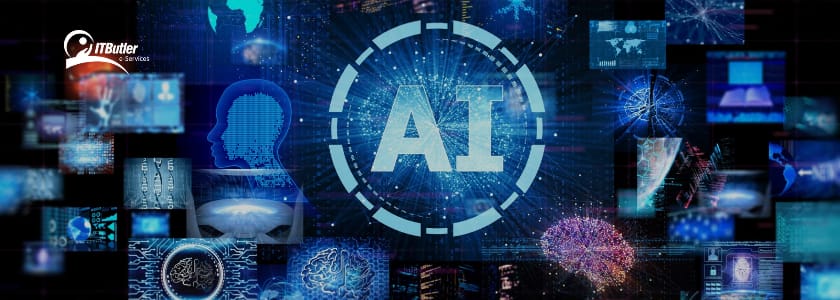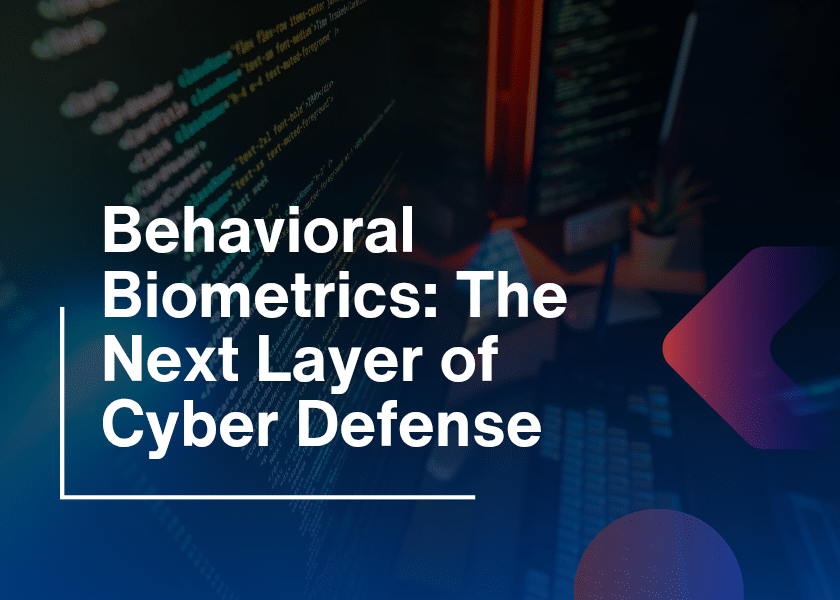Can technology designed to protect us also become our greatest threat? Advances in artificial intelligence [AI] are enabling sectors and even redesigning the security terrain. But are we improving or declining in this transformation? Is AI a cybersecurity threat?
Machine learning and AI-driven solutions are now implemented to improve proactive cybersecurity and avoid cyber attacks. So, hackers are also using the same technology to enhance their capabilities of causing cyber attacks. But how does this technology conflict influence our prognosis? Are AI systems safe, and will the coming generations of AI systems pose a threat to cybersecurity defense systems?
So in this blog, let me try and simply explain all the intricacies involving AI in cybersecurity and how the same is both a protector and an attacker.
Is Artificial Intelligence a Cybersecurity Threat OR Friend?
AI use in cybersecurity is revolutionary hence deployment cannot be denied. But similar to any typical gadget, its effectiveness depends on the hands it is given to.
AI as a Cybersecurity Ally
1. Threat Detection
However, this essentially means that AI pays close attention to networks all the time with a view of recognizing any unlawful activities. Hence it neutralizes them without developing into bigger issues. So at the same time, confusion may occur within traditional systems that even the most experienced specialists sometimes do not notice. Thus, preferring to utilize only complex algorithms for their identification.
Example:
Some businesses such as Darktrace employ the AI models of the immune system to detect threats and defend themselves independently. So it has shown that this proactive approach can indeed reduce costly breaches.
2. Incident Response Automation
The use of AI-powered systems can detect infected devices, disarm malware, as well as recover damaged systems on its own. This takes a lot of time off the process which is of the essence and also minimizes the damage control.
3, Predictive Threat Analysis
In this vein, using historical data, and algorithms, AI determines that organizations’ weak points could be utilized as an attack vector.
Example:
Google is developing an AI-based platform called Chronicle. However, it applies machine learning to quickly spot patterns suggesting new threats to companies.
AI as a Cybercriminal’s Tool
1. Personalized Phishing Attacks
Cybersecurity still uses artificial intelligence to target individuals and predict the emails’ contents based on Facebook profile data or communication. As these were targeted and much more difficult to detect than a vicious attack.
Example:
In 2019, AI played the role of a deepfake phone call in which the voice of the CEO was impersonated. So hackers con £243,000 from a UK-based firm.
2. Adaptive Malware
Malware today is in some instances driven by artificial intelligence and can adapt. For example, the surrounding space reduces the viability of investing in a security solution.
3. Automated Exploits
Using AI, hackers are now able to scan thousands of systems at the same time to get to the vulnerabilities quicker.
4. Deepfake Technology
Formerly considered a mere joke and a bizarre novelty, deepfake as an AI-generated technology is now extensively used for scams. However, impersonating CEOs, or at least influential personalities in an organization to get into secured computer systems is common.
But How Does AI Strengthen Cybersecurity?
Though AI is full of problems, no better solution can improve the status of cybersecurity so much.
1. Behavioural Biometrics and Authentication
AI takes user typing speed, mouse clicks, and other activities as factors that make it difficult for an unauthorized person to gain access to the user’s account.
2. Threat Intelligence Sharing
AI technology allows threat indicators to be shared immediately and universally to enhance everyone’s security.
Example:
IBM X-Force Exchange is another modern platform that detects global threats and using AI, helps businesses with necessary information.
3. Combating AI-Powered Attacks
AI can play this same role by mimicking the forms that AI-driven threats may initiate and developing corresponding countermeasures.
AI and Ethical Concerns
However, there are emergence of ethical issues in AI in cybersecurity.
1. Privacy vs. Security
AI security systems are inclined to achieve the security objective in addition to eradicating individual privacy rights.
Example:
Biometric technologies utilized in cyber defense have created fears of abuse for the intent of mass surveillance.
2. Bias in AI Systems
Let me admit I am a fan of artificial intelligence. However, AI models are only as accurate as the data that are fed into them. So inconsistency can be realized in the selection of samples hence make decision making biased.
3. Weaponization of AI
Can governments regulate the development of AI to ensure they are not utilized by bad people?

AI in Cyber defense of the future
Will the diffusion of AI in both defender and attacker lead to what?
1. AI-Driven Threat Hunting
Corporations are using new AI systems to hunt for flaws and repair things before hackers can take advantage of them.
2. Zero-Trust Models
Another central aspect of adopting AI is the principle of trusting no entity.
3. Quantum AI in Cybersecurity
When you pair quantum computers with AI they can change the encryption models in a way that it almost becomes nearly impossible to hack.
Challenges Ahead
1. Staying Ahead of Cybercriminals
Cybersecurity threat definitions also adapt to change as Artificial Intelligence progresses and grows. So organizations have the added pressure of having to continually improve their systems.
2. Skill Gap in the Workforce
Cybersecurity workers face the challenge of learning and mastering artificial intelligence technologies, which have proven to be complex and demanding.
3. Regulatory Compliance
AI applications are vital to cybersecurity. Therefore, governments and organizations must come up when it comes to the use of AI in cybersecurity operations.
Conclusion
Therefore is artificial intelligence a cybersecurity threat? The answer is complex. So without any doubt, AI enhances the defense side immensely while at the same time providing the same to cyber attackers. The essence of it is of course the way we decide to employ and control this technology.
To summarize the key ideas of this paper, the following suggestions contribute to maintaining AI as a positive unchanging factor. Firstly, incorporate ethical principles into AI-driven processes, foster collaboration among market members, and provide sufficient funding for innovations. However, the fight will continue, but the safety of computers and networks will march on over the destructive criminals.
If there is one thing that can help as we navigate this ever-changing society where technology and the Internet play such a huge role, it is the adage, ‘knowledge is power’. AI is a two-edged sword, yet it is a tool which when used right can safeguard the future.






